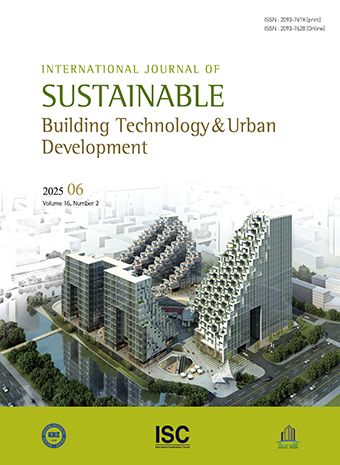General Article
Abstract
References
Information
G. Bell, D. Sartor, and W. Mills, The Berkeley hood: Development and commercialization of an innovative high-performance laboratory fume hood, Progress and Research Status: 1995-September 2003, Lawrence Berkeley National Laboratory Report LBNL-48982 (rev.), September 2003, available at: http://ateam.lbl.gov/ hightech/fumehood/doc/LBNL-48983_FY03.pdf
E. Mills, G. Bell, D. Sartor, A. Chen, D. Avery, M. Siminovitch, S. Greenberg, G. Marton, A. de Almeida, and L. Eng Lock, Energy efficiency in California laboratory-type facilities, Application Team at Lawrence Berkeley National Laboratory's Center for Building Science (1996), available at: http://eetd.lbl.gov/mills/emills/pubs/ PDF/LabEnergy.pdf
10.2172/409878P. Morris, and L. Matthiessen, Costing green revisited: Reexamining the feasibility and cost impact of sustainable design in the light of increased market adoption, Council on Tall Buildings and Urban Habitat, CTBUH Research Paper (2007), available at: https://global.ctbuh.org/resources/papers/download/1242-cost-of- green-revisited-reexamining-the-feasability-and-cost-impact-of-sustainable-design-in-the-light-of-increased-market-adoption.pdf
- Publisher :Sustainable Building Research Center (ERC) Innovative Durable Building and Infrastructure Research Center
- Publisher(Ko) :건설구조물 내구성혁신 연구센터
- Journal Title :International Journal of Sustainable Building Technology and Urban Development
- Volume : 11
- No :3
- Pages :153-173
- Received Date : 2020-07-20
- Accepted Date : 2020-09-22
- DOI :https://doi.org/10.22712/susb.20200012




 International Journal of Sustainable Building Technology and Urban Development
International Journal of Sustainable Building Technology and Urban Development










